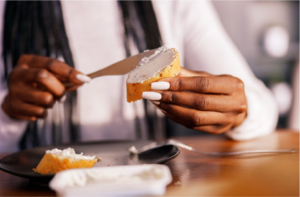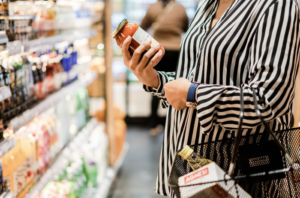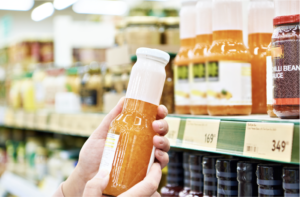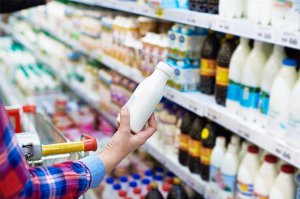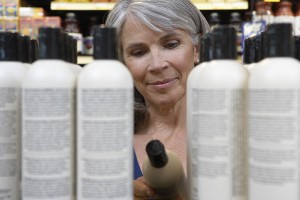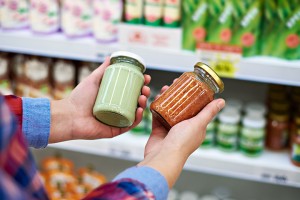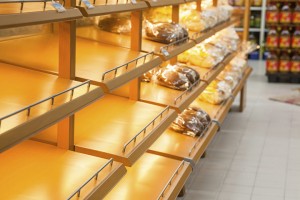Bigger Brands – Bigger SKUs
SKU numbers alone do not explain brand size
Growing your brand is a never-ending quest for marketers. Increasing the size of your assortment is a common and easy-to-understand (yet more difficult-to-implement) recommendation. In theory, offering more SKUs (a) increases the likelihood that shoppers find a desired choice (in terms of flavour, size, price, etc.) within the range of a brand and (b) allows a brand to own more shelf space and therefore salience in-store. In practice, however, there is a cost attached with building and maintaining a large assortment and retailers are usually quite reluctant to provide more shelf space.
We study to what extent larger brands actually rely on more SKUs in finding success. The figure shows the share of the category assortment owned by brands in different volume share tiers. This analysis is based on more than 13,000 top ten brands across 20 countries and 87 categories. For example, all top ten brands with less than 5% market share command on average 1.5% of category volume sales, while offering 2.3% of its assortment. In contrast, brands between 55 and 60% market share reach this level with only 32% of the assortment.
SKUs in the largest share tier therefore are substantially more successful: The average SKU of brands with more than 50% market share is almost three times as big as the average SKU of brands with less than 5% share. This pattern is consistent even within the smallest share tier: SKUs of brands with 4-5% share are three times the size of SKUS from brands with less than 1% share. Therefore the strategy to success is more complicated than just increasing assortment size. Big brands benefit more from each individual SKU they offer – potentially because they better meet shoppers’ needs, but certainly also because these SKUs are available in more retailers and therefore easier to choose.
If you have any comments please contact oliver.koll@europanel.com

















































































































































